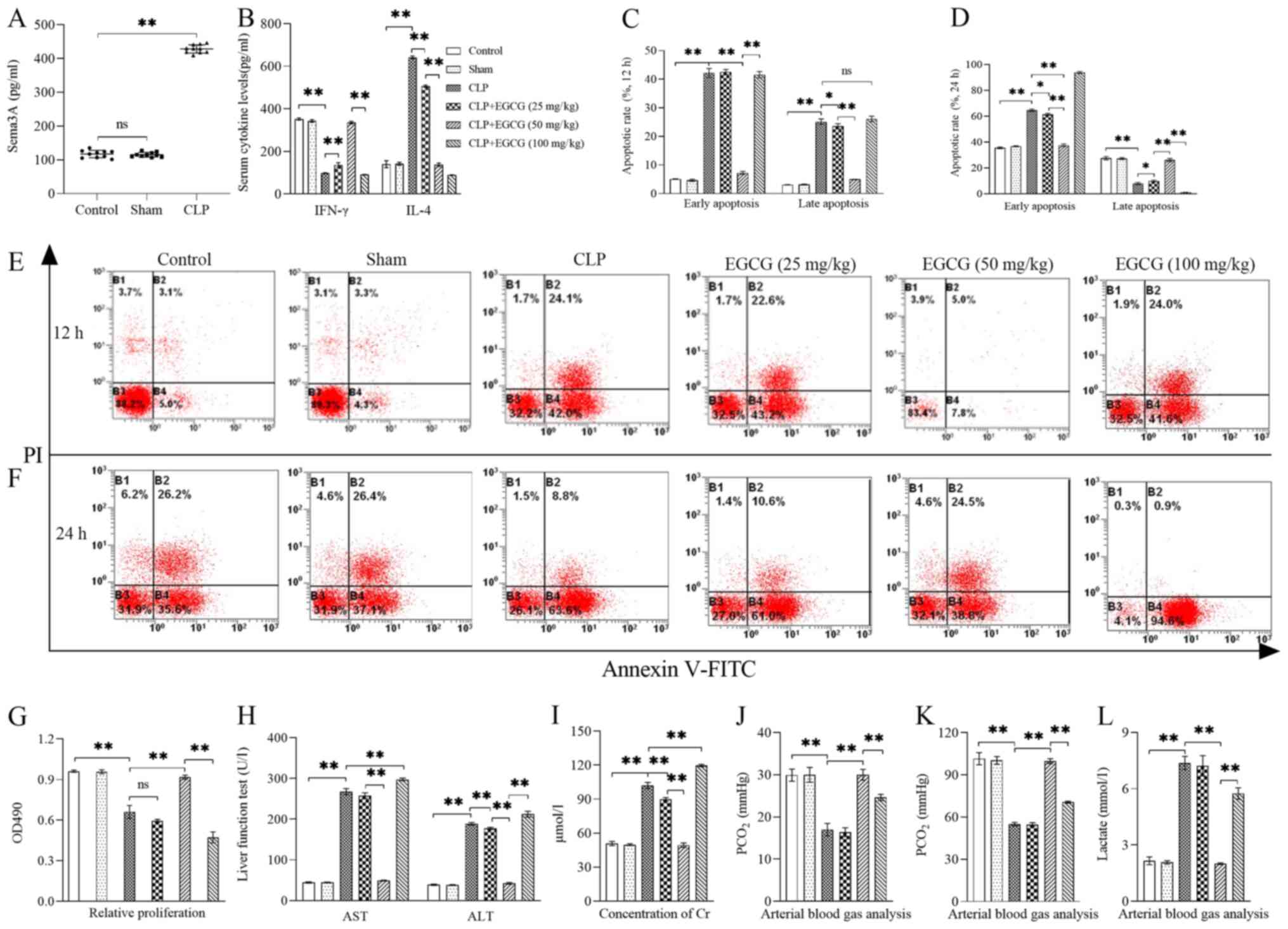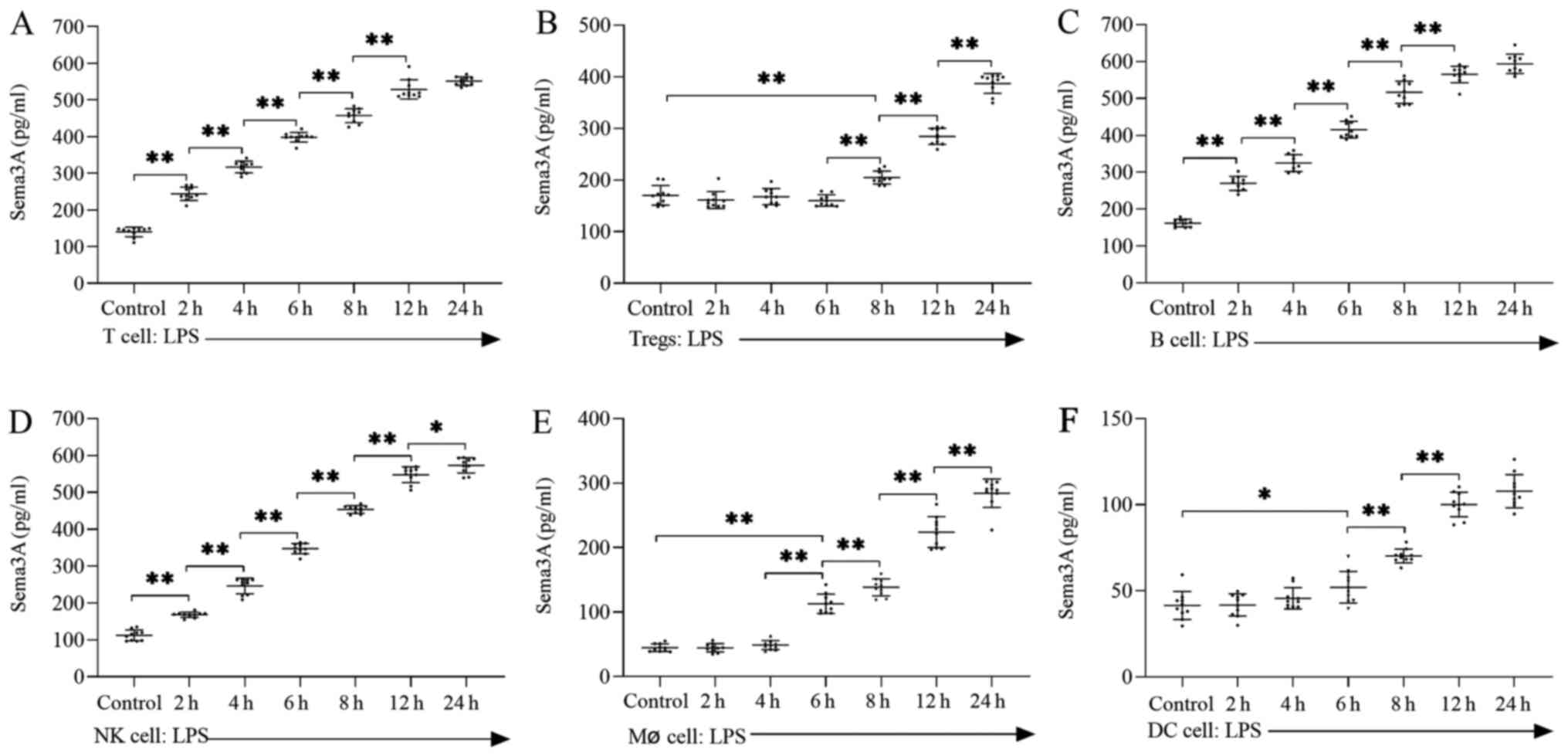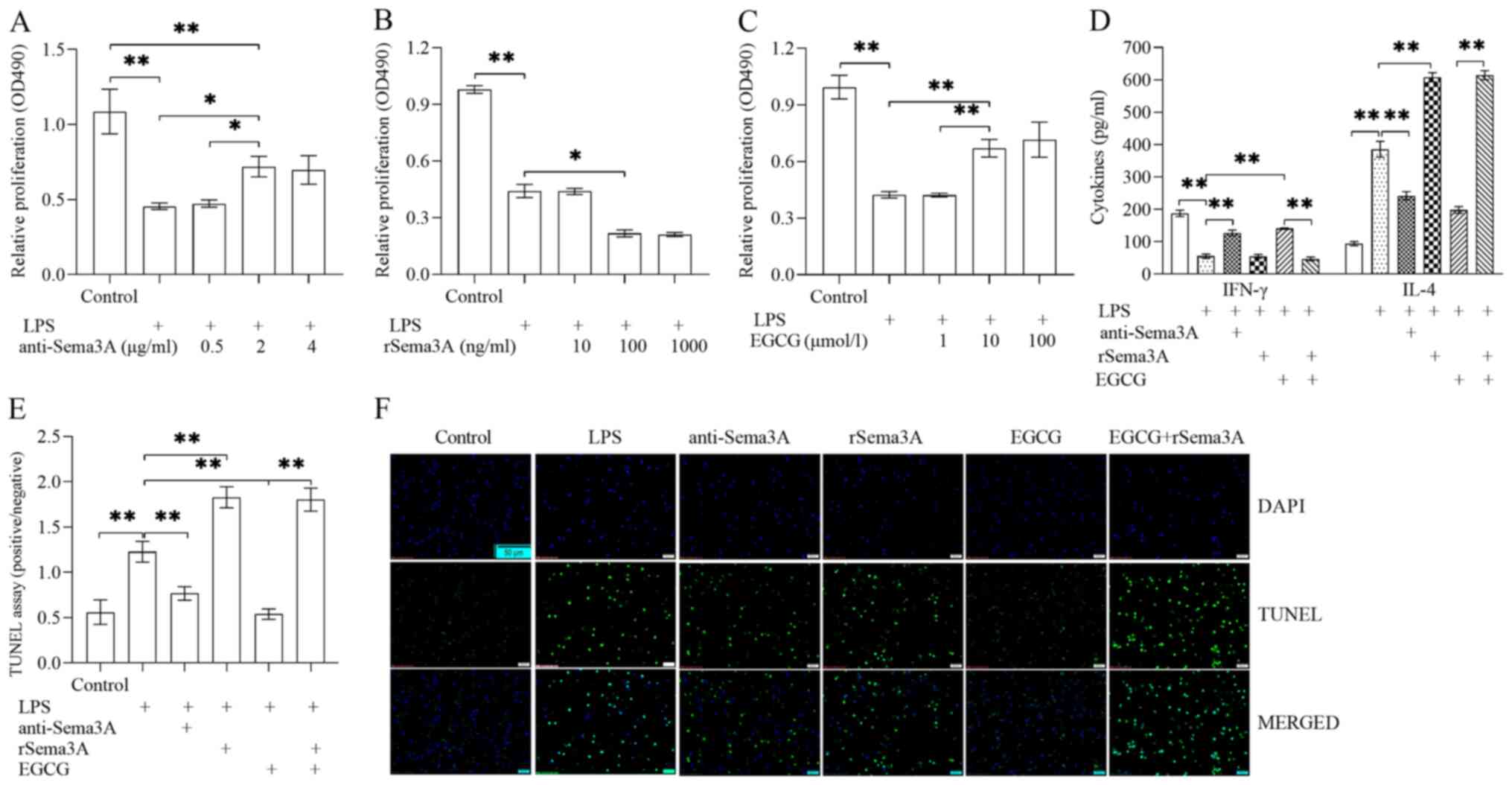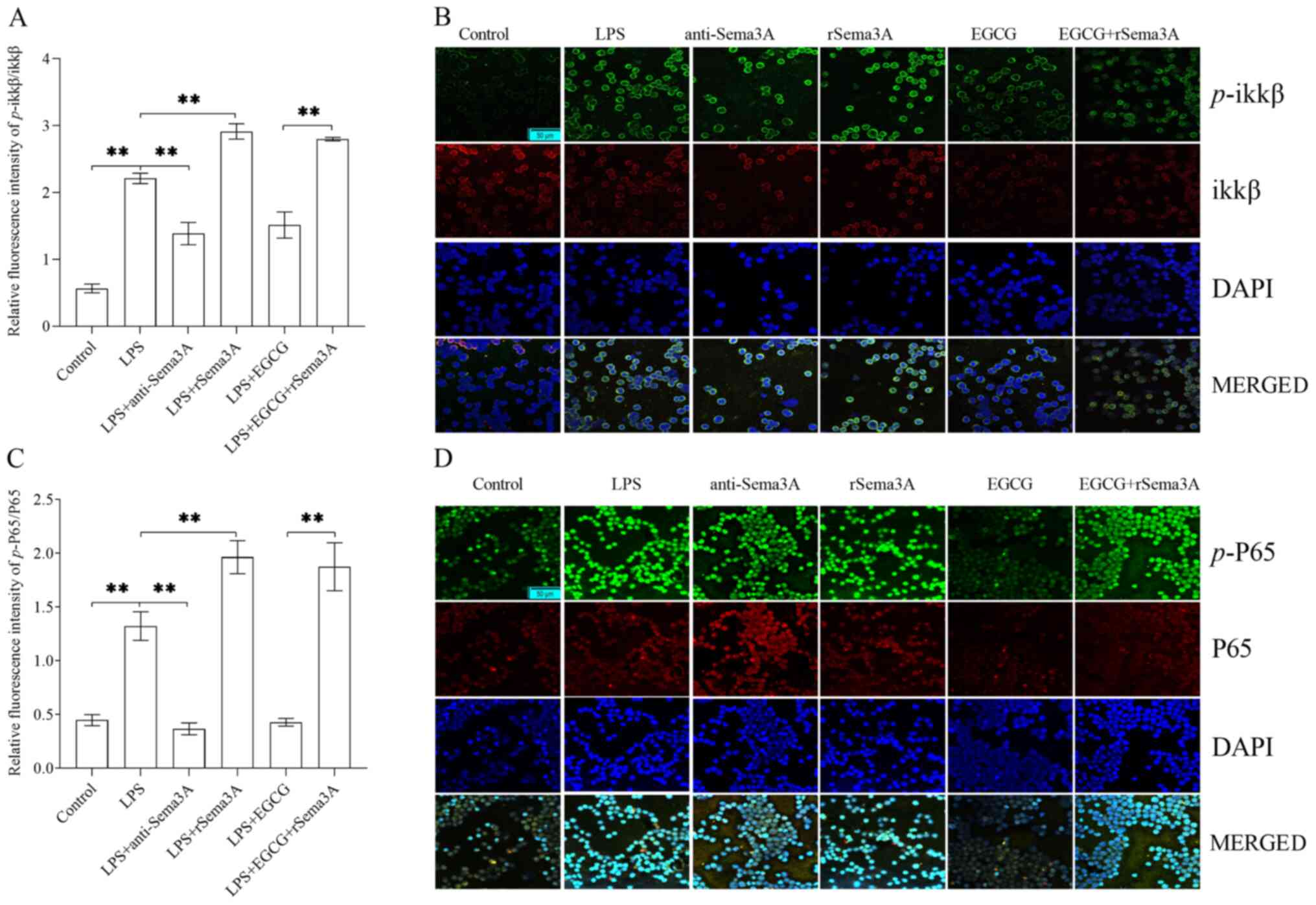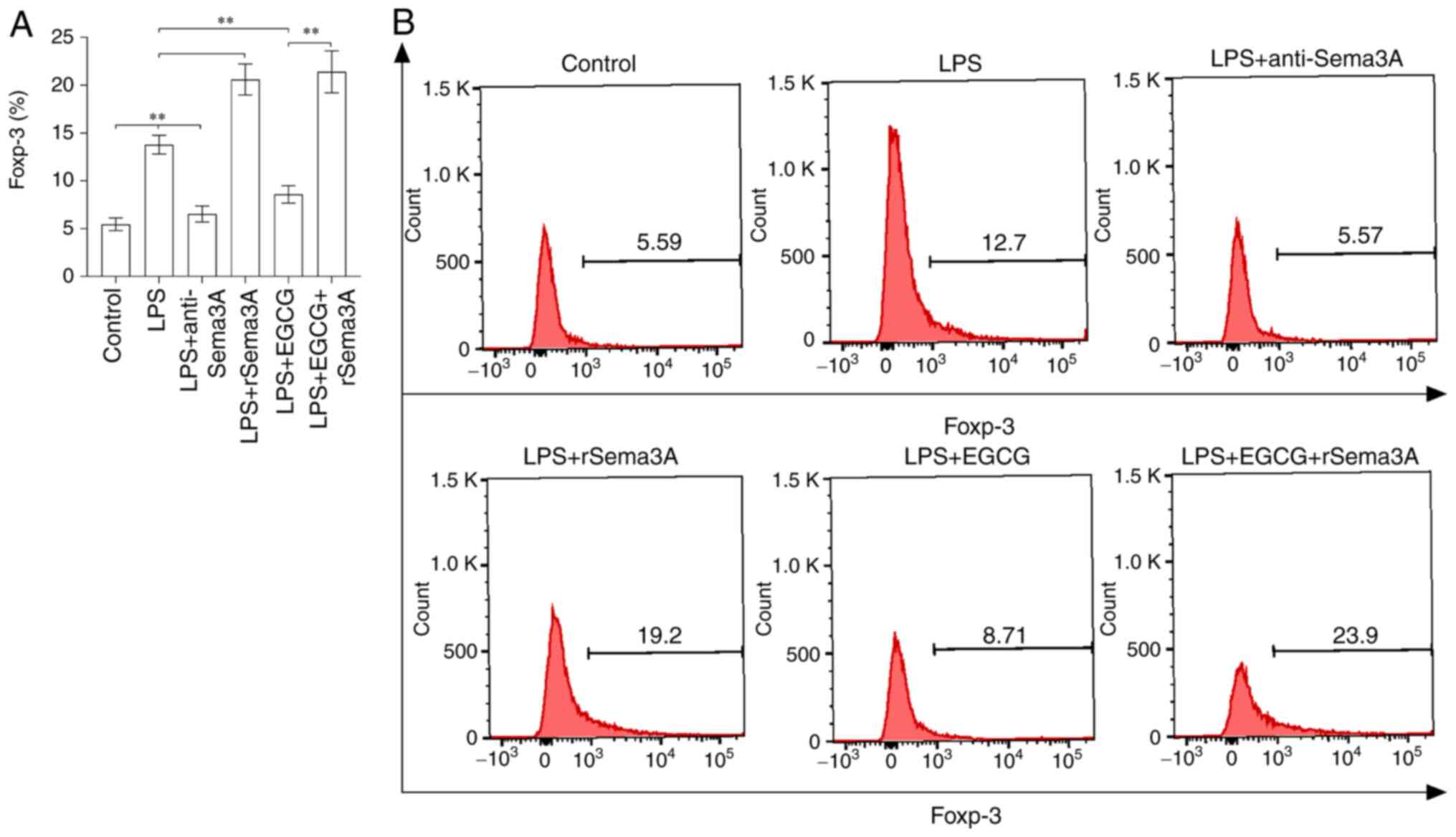|
1
|
Raith EP, Udy AA, Bailey M, McGloughlin S,
MacIsaac C, Bellomo R and Pilcher DV; Australian New Zealand
Intensive Care Society (ANZICS) Centre for Outcomes and Resource
Evaluation (CORE), : Prognostic accuracy of the SOFA score, SIRS
criteria, and qSOFA score for in-hospital mortality among adults
with suspected infection admitted to the Intensive Care Unit. JAMA.
317:290–300. 2017. View Article : Google Scholar : PubMed/NCBI
|
|
2
|
Xie J, Wang H, Kang Y, Zhou L, Liu Z, Qin
B, Ma X, Cao X, Chen D, Lu W, et al CHinese Epidemiological Study
of Sepsis (CHESS) Study Investigators, : The epidemiology of sepsis
in Chinese ICUs: A National Cross-Sectional Survey. Crit Care Med.
48:e209–e218. 2020. View Article : Google Scholar : PubMed/NCBI
|
|
3
|
Weng L, Zeng XY, Yin P, Wang LJ, Wang CY,
Jiang W, Zhou MG and Du B; China Critical Care Clinical Trials
Group (CCCCTG), : Sepsis-related mortality in China: A descriptive
analysis. Intensive Care Med. 44:1071–1080. 2018. View Article : Google Scholar : PubMed/NCBI
|
|
4
|
Taeb AM, Hooper MH and Marik PE: Sepsis:
current definition, pathophysiology, diagnosis, and management.
Nutr Clin Pract. 32:296–308. 2017. View Article : Google Scholar : PubMed/NCBI
|
|
5
|
Stolk RF, Kox M and Pickkers P:
Noradrenaline drives immunosuppression in sepsis: Clinical
consequences. Intensive Care Med. 46:1246–1248. 2020. View Article : Google Scholar : PubMed/NCBI
|
|
6
|
van der Poll T, van de Veerdonk FL,
Scicluna BP and Netea MG: The immunopathology of sepsis and
potential therapeutic targets. Nat Rev Immunol. 17:407–420. 2017.
View Article : Google Scholar : PubMed/NCBI
|
|
7
|
Hotchkiss RS, Monneret G and Payen D:
Sepsis-induced immunosuppression: From cellular dysfunctions to
immunotherapy. Nat Rev Immunol. 13:862–874. 2013. View Article : Google Scholar : PubMed/NCBI
|
|
8
|
Boomer JS, To K, Chang KC, Takasu O,
Osborne DF, Walton AH, Bricker TL, Jarman SD II, Kreisel D,
Krupnick AS, et al: Immunosuppression in patients who die of sepsis
and multiple organ failure. JAMA. 306:2594–2605. 2011. View Article : Google Scholar : PubMed/NCBI
|
|
9
|
Otto GP, Sossdorf M, Claus RA, Rödel J,
Menge K, Reinhart K, Bauer M and Riedemann NC: The late phase of
sepsis is characterized by an increased microbiological burden and
death rate. Crit Care. 15:R1832011. View
Article : Google Scholar : PubMed/NCBI
|
|
10
|
Delano MJ, Scumpia PO, Weinstein JS, Coco
D, Nagaraj S, Kelly-Scumpia KM, O'Malley KA, Wynn JL, Antonenko S,
Al-Quran SZ, et al: MyD88-dependent expansion of an immature
GR-1(+)CD11b(+) population induces T cell suppression and Th2
polarization in sepsis. J Exp Med. 204:1463–1474. 2007. View Article : Google Scholar : PubMed/NCBI
|
|
11
|
Morita A, Yamashita N, Sasaki Y, Uchida Y,
Nakajima O, Nakamura F, Yagi T, Taniguchi M, Usui H, Katoh-Semba R,
et al: Regulation of dendritic branching and spine maturation by
semaphorin3A-Fyn signaling. J Neurosci. 26:2971–2980. 2006.
View Article : Google Scholar : PubMed/NCBI
|
|
12
|
Tian X, Gan H, Zeng Y, Zhao H, Tang R and
Xia Y: Inhibition of semaphorin-3a suppresses
lipopolysaccharide-induced acute kidney injury. J Mol Med (Berl).
96:713–724. 2018. View Article : Google Scholar : PubMed/NCBI
|
|
13
|
Yamashita N, Jitsuki-Takahashi A, Ogawara
M, Ohkubo W, Araki T, Hotta C, Tamura T, Hashimoto S, Yabuki T,
Tsuji T, et al: Anti-Semaphorin 3A neutralization monoclonal
antibody prevents sepsis development in lipopolysaccharide-treated
mice. Int Immunol. 27:459–466. 2015. View Article : Google Scholar : PubMed/NCBI
|
|
14
|
Catalano A, Caprari P, Moretti S, Faronato
M, Tamagnone L and Procopio A: Semaphorin-3A is expressed by tumor
cells and alters T-cell signal transduction and function. Blood.
107:3321–3329. 2006. View Article : Google Scholar : PubMed/NCBI
|
|
15
|
National Research Council (US) Committee
for the Update of the Guide for the Care and Use of Laboratory
Animals: Guide for the Care and Use of Laboratory Animals. 8th
edition. National Academies Press (US); Washington, DC: 2011
|
|
16
|
Liu LN, Li XM, Ye DQ and Pan HF: Emerging
role of semaphorin-3A in autoimmune diseases. Inflammopharmacology.
26:655–665. 2018. View Article : Google Scholar : PubMed/NCBI
|
|
17
|
Körner S, Böselt S, Wichmann K,
Thau-Habermann N, Zapf A, Knippenberg S, Dengler R and Petri S: The
Axon Guidance Protein Semaphorin 3A Is Increased in the Motor
Cortex of Patients With Amyotrophic Lateral Sclerosis. J
Neuropathol Exp Neurol. 75:326–333. 2016. View Article : Google Scholar : PubMed/NCBI
|
|
18
|
Pasterkamp RJ, Dai HN, Terman JR, Wahlin
KJ, Kim B, Bregman BS, Popovich PG and Kolodkin AL: MICAL
flavoprotein monooxygenases: Expression during neural development
and following spinal cord injuries in the rat. Mol Cell Neurosci.
31:52–69. 2006. View Article : Google Scholar : PubMed/NCBI
|
|
19
|
Loron G, Olivier P, See H, Le Saché N,
Angulo L, Biran V, Brunelle N, Besson-Lescure B, Kitzis MD, Pansiot
J, et al: Ciprofloxacin prevents myelination delay in neonatal rats
subjected to E. coli sepsis. Ann Neurol. 69:341–351. 2011.
View Article : Google Scholar : PubMed/NCBI
|
|
20
|
Kaukonen KM, Bailey M, Pilcher D, Cooper
DJ and Bellomo R: Systemic inflammatory response syndrome criteria
in defining severe sepsis. N Engl J Med. 372:1629–1638. 2015.
View Article : Google Scholar : PubMed/NCBI
|
|
21
|
Darcy CJ, Minigo G, Piera KA, Davis JS,
McNeil YR, Chen Y, Volkheimer AD, Weinberg JB, Anstey NM and
Woodberry T: Neutrophils with myeloid derived suppressor function
deplete arginine and constrain T cell function in septic shock
patients. Crit Care. 18:R1632014. View Article : Google Scholar : PubMed/NCBI
|
|
22
|
Lepelletier Y, Moura IC, Hadj-Slimane R,
Renand A, Fiorentino S, Baude C, Shirvan A, Barzilai A and Hermine
O: Immunosuppressive role of semaphorin-3A on T cell proliferation
is mediated by inhibition of actin cytoskeleton reorganization. Eur
J Immunol. 36:1782–1793. 2006. View Article : Google Scholar : PubMed/NCBI
|
|
23
|
Wen H, Lei Y, Eun SY and Ting JP:
Plexin-A4-semaphorin 3A signaling is required for Toll-like
receptor- and sepsis-induced cytokine storm. J Exp Med.
207:2943–2957. 2010. View Article : Google Scholar : PubMed/NCBI
|
|
24
|
Gu Z, Ueno M, Klinefelter K, Mamidi M,
Yagi T and Yoshida Y: Skilled movements in mice require inhibition
of corticospinal axon collateral formation in the spinal cord by
semaphorin signaling. J Neurosci. 39:8885–8899. 2019. View Article : Google Scholar : PubMed/NCBI
|
|
25
|
Tordjman R, Lepelletier Y, Lemarchandel V,
Cambot M, Gaulard P, Hermine O and Roméo PH: A neuronal receptor,
neuropilin-1, is essential for the initiation of the primary immune
response. Nat Immunol. 3:477–482. 2002. View Article : Google Scholar : PubMed/NCBI
|
|
26
|
Catalano A: The neuroimmune semaphorin-3A
reduces inflammation and progression of experimental autoimmune
arthritis. J Immunol. 185:6373–6383. 2010. View Article : Google Scholar : PubMed/NCBI
|
|
27
|
Rubtsov YP, Niec RE, Josefowicz S, Li L,
Darce J, Mathis D, Benoist C and Rudensky AY: Stability of the
regulatory T cell lineage in vivo. Science. 329:1667–1671. 2010.
View Article : Google Scholar : PubMed/NCBI
|
|
28
|
Ramsdell F and Rudensky AY: Foxp3: A
genetic foundation for regulatory T cell differentiation and
function. Nat Immunol. 21:708–709. 2020. View Article : Google Scholar : PubMed/NCBI
|
|
29
|
Gao YL, Chai YF, Dong N, Han S, Zhu XM,
Zhang QH and Yao YM: Tuftsin-derived T-peptide prevents cellular
immunosuppression and improves survival rate in septic mice. Sci
Rep. 5:167252015. View Article : Google Scholar : PubMed/NCBI
|
|
30
|
Gelman AE, Zhang J, Choi Y and Turka LA:
Toll-like receptor ligands directly promote activated
CD4+ T cell survival. J Immunol. 172:6065–6073. 2004.
View Article : Google Scholar : PubMed/NCBI
|
|
31
|
Zaph C, Troy AE, Taylor BC, Berman-Booty
LD, Guild KJ, Du Y, Yost EA, Gruber AD, May MJ, Greten FR, et al:
Epithelial-cell-intrinsic IKK-beta expression regulates intestinal
immune homeostasis. Nature. 446:552–556. 2007. View Article : Google Scholar : PubMed/NCBI
|
|
32
|
Kilpinen S, Henttinen T, Lahdenpohja N,
Hulkkonen J and Hurme M: Signals leading to the activation of
NF-kappa B transcription factor are stronger in neonatal than adult
T lymphocytes. Scand J Immunol. 44:85–88. 1996. View Article : Google Scholar : PubMed/NCBI
|
|
33
|
Arbibe L, Mira JP, Teusch N, Kline L, Guha
M, Mackman N, Godowski PJ, Ulevitch RJ and Knaus UG: Toll-like
receptor 2-mediated NF-kappa B activation requires a Rac1-dependent
pathway. Nat Immunol. 1:533–540. 2000. View
Article : Google Scholar : PubMed/NCBI
|















